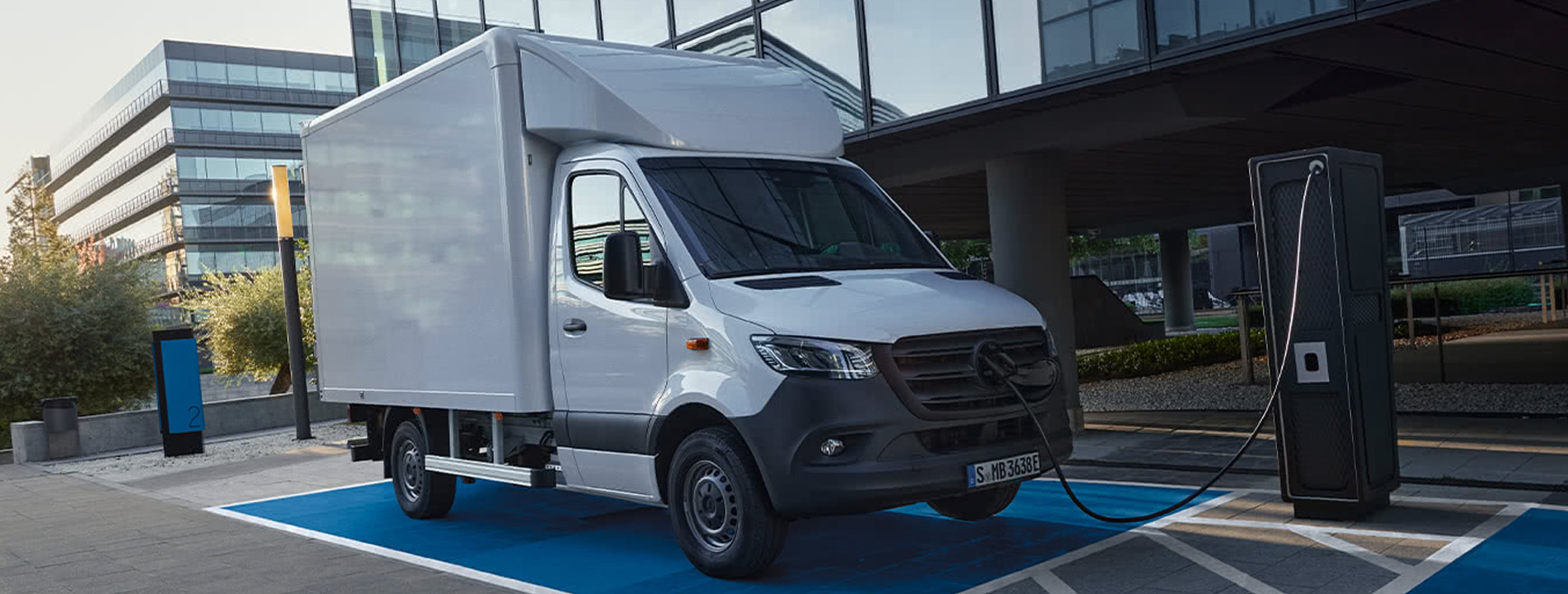From 10 June, new driving licence rules will come into effect, allowing holders of a standard category B licence to drive electric vehicles up to 4.25 tonnes — aligning them with lighter petrol and diesel counterparts.
The rule change, which acknowledges the additional weight of electric vehicle batteries, will apply not only to vans but also to SUVs, minibuses, and trucks that would otherwise fall within the 3.5-tonne limit for internal combustion vehicles.
Importantly, the previous five-hour training requirement for heavier electric vehicles is being scrapped, and towing rules have been revised. Drivers will now be permitted to tow trailers as long as the combined maximum authorised mass (MAM) of the vehicle and trailer does not exceed 7 tonnes. For those who passed their category B test before 1 January 1997, this rises to 8.25 tonnes.
Originally introduced as a temporary measure in 2018, the 4.25t limit for electric vans is now being made permanent, helping to ease the path for businesses transitioning to electric light commercial vehicles (LCVs).
However, industry bodies are pushing for additional regulatory updates. Rules covering driver hours, annual testing, tachographs, and speed limiters are still seen as obstacles to the broader adoption of electric vans.
The Department for Transport confirmed that its response to the consultation on further reforms will be shared “in due course”.
Toby Poston, chief executive of the British Vehicle Rental and Leasing Association (BVRLA), welcomed the rule change but stressed that “regulatory barriers remain a key blocker” to fleet electrification. He added: “We are optimistic that today’s changes mark the start of more progress to come.”
Electric van registrations continue to rise. Vehicles up to 4.25t saw a 77.5% year-on-year increase in April, with 1,686 units sold, now accounting for 8.3% of the market. However, electric vans in the 3.5–4.25t category still made up only 4.4% of that monthly total.


